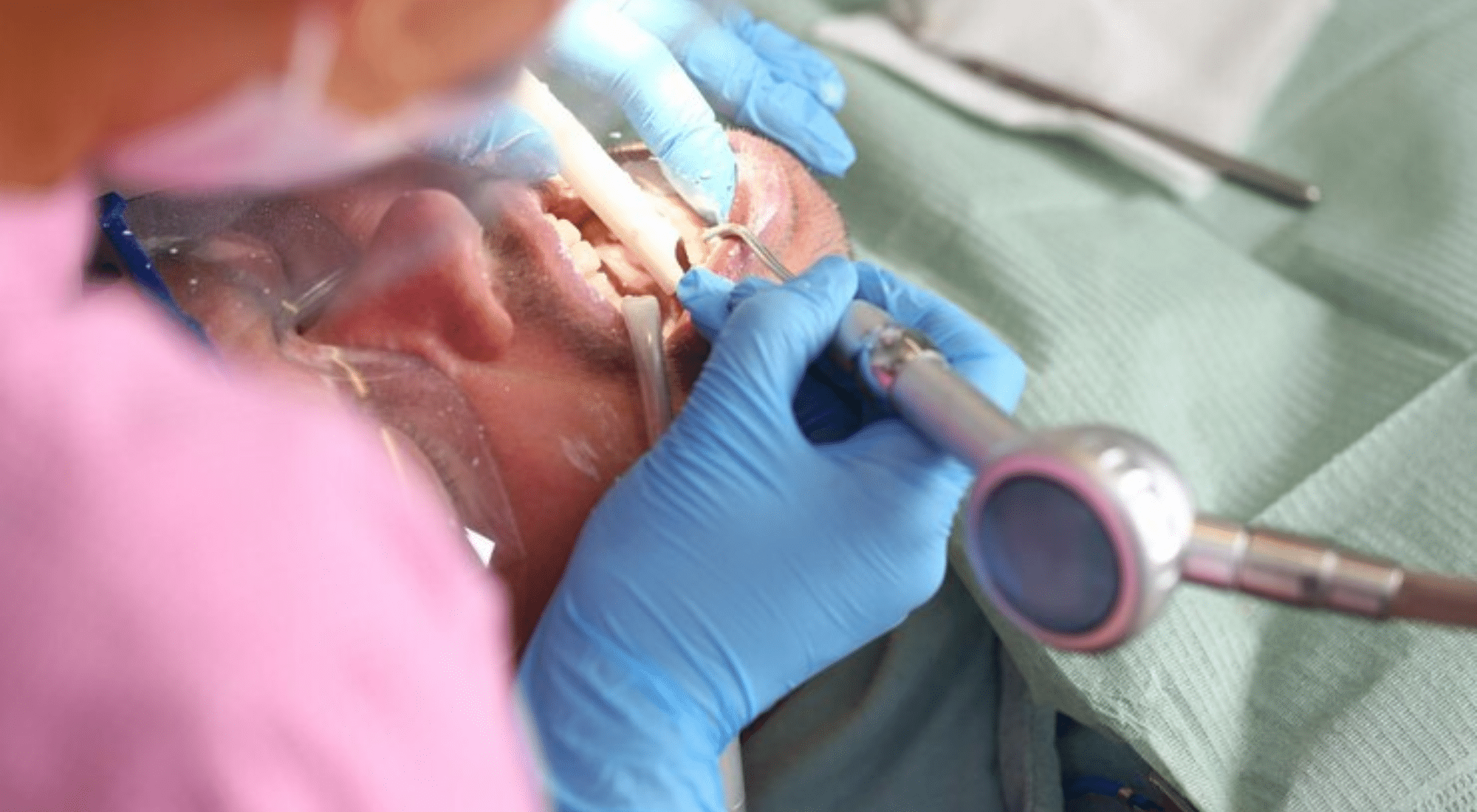Preparing for a tooth extraction is a significant step toward maintaining oral health, but when the tooth’s roots extend into the sinus cavity, it requires expert guidance and careful consideration. In this guide, we will explore the complexities of tooth extraction with roots in the sinus cavity and provide expert tips to ensure a safe and successful procedure.
Understanding the anatomy and function of the sinus cavity is crucial before proceeding with extraction. Located above the upper teeth, the sinus cavity plays a vital role in respiratory function and can pose challenges during dental procedures. With the potential risk of sinus perforation, it’s essential to prepare thoroughly and enlist the expertise of dental professionals.
This blog will delve into the necessary preparations, techniques, and post-operative care required for tooth extraction in such delicate circumstances, empowering readers with the knowledge needed to navigate this intricate dental procedure confidently.
Knowing About the Sinus Cavity
Understanding the sinus cavity is crucial before undergoing a tooth extraction procedure, especially when the tooth’s roots extend into this delicate area:
- The sinus cavity is located above the upper teeth and serves as an air-filled space within the skull.
- Its primary function is to produce mucus, humidify the air we breathe, and lighten the weight of the skull.
- When a tooth’s roots encroach upon the sinus cavity, there is a risk of sinus perforation during extraction.
- Sinus perforation can lead to complications such as infection, sinusitis, or the displacement of dental materials into the sinus.
- It’s essential to be aware of these risks and take necessary precautions to minimize the chances of complications during the extraction process.
- Consulting with a qualified dental professional is vital to assess the individual’s anatomy and determine the best approach for a safe and successful extraction.
Preparing for Extraction
Preparing for a tooth extraction with roots in the sinus cavity requires thorough evaluation and planning to minimize risks and ensure a successful procedure:
- Before the extraction, a comprehensive pre-operative assessment by a dentist or oral surgeon is essential.
- This evaluation may include a review of medical history, a clinical examination, and discussions about potential risks and complications.
- Imaging techniques such as X-rays or CT scans are often used to precisely assess the proximity of the tooth roots to the sinus cavity.
- These images provide valuable insights into the tooth’s position relative to the sinus, helping the dental professional plan the extraction procedure accordingly.
- By identifying the exact location of the roots and any potential challenges posed by the sinus, the dental team can develop a personalized treatment approach tailored to the patient’s specific needs.
- Proper preparation ensures that the extraction is performed safely and effectively, minimizing the risk of complications and promoting optimal healing afterward.
Expert Tips for Safe Extraction
When extracting a tooth with roots in the sinus cavity, implementing expert techniques is crucial to ensure safety and minimize complications:
- Dentists and oral surgeons employ specific techniques to minimize the risk of sinus perforation during extraction.
- These methods may include gentle manipulation of the tooth, careful elevation to avoid pressure on the sinus floor, and precise control of force during extraction.
- Utilizing specialized instruments designed for such cases can aid in accessing and removing the tooth roots safely.
- In challenging cases where the roots are deeply embedded or close to the sinus, dental professionals may opt for advanced procedures such as sinus lift or bone grafting to create a buffer zone between the tooth and the sinus.
- By following these expert tips and employing meticulous techniques, dental practitioners can perform extractions with roots in the sinus cavity effectively and safely, ensuring the best possible outcome for the patient.
Post-Extraction Care and Recovery
After tooth extraction involving the sinus cavity, proper post-operative care is essential to facilitate healing and minimize complications:
- Following post-operative instructions provided by the dentist or oral surgeon is crucial for optimal recovery. This may include guidelines on managing pain, swelling, and bleeding, as well as recommendations for diet and oral hygiene.
- Patients should avoid activities that could disrupt the healing process, such as smoking or vigorous rinsing of the mouth.
- It’s essential to monitor for signs of potential complications, such as sinusitis (sinus infection) or infection at the extraction site. Symptoms may include persistent pain, swelling, fever, or nasal congestion.
- If any concerning symptoms arise, patients should contact their dental provider promptly for further evaluation and management.
- Additionally, maintaining good oral hygiene practices, such as gentle brushing and rinsing with saline solution, can help prevent infection and promote healing.
- With proper care and attention, most patients can expect a smooth recovery following tooth extraction involving the sinus cavity, allowing them to resume normal activities comfortably.
Tooth extraction involving the sinus cavity requires careful consideration and specialized expertise. By understanding the anatomy of the sinus, preparing adequately, and following expert recommendations for safe extraction and post-operative care, patients can undergo the procedure with confidence and minimize the risk of complications.




